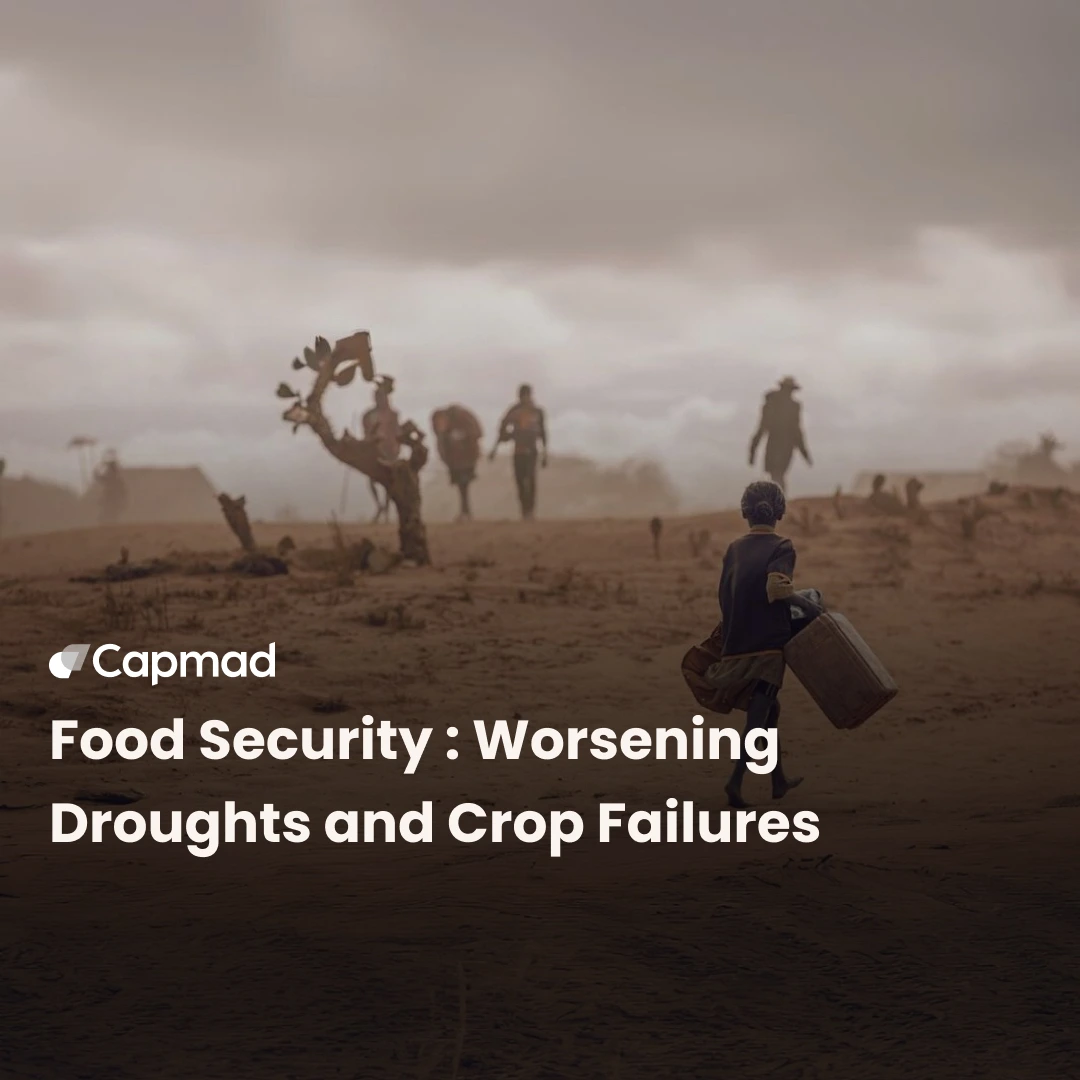Africa is suffering heavy losses due to climate change. Allocated green funds remain insufficient, according to Namibia’s Environment Minister. This observation was made at a Green Climate Fund regional dialogue in Windhoek, the Namibian capital.
Green Fund Spotlight
The Green Climate Fund is a global financial mechanism established under the United Nations Framework Convention on Climate Change (UNFCCC). It provides financial assistance primarily to developing countries for climate change mitigation and adaptation. Beneficiary programs typically include green projects that focus on carbon mitigation, energy transition, and inclusion.
Essential to African climate goals
African countries are setting ambitious targets to develop greener and climate-resilient economies. Climate targets have been set out in Nationally Determined Contributions (NDCs) in line with the Paris Climate Agreement. Despite their willingness to do so, fulfilling these commitments depends largely on receiving financial support. In other words, African countries need the Green Fund and technical support to put climate action into practice.
Mitigating and adapting to climate change across the continent is an absolute priority. Green finance is critical to reconciling development with climate goals, particularly limiting global warming to a maximum of 1.5° C. However, the amount of green finance available is still insufficient to meet the needs of climate change adaptation. Ms. Shifeta, Namibia’s Minister of Environment, emphasized the central role of developed countries in Africa’s climate transition. Indeed, these nations bear some of the responsibility for the continent’s current climate change, hence the introduction of a carbon tax.
Losses and damages from climate change
Climate injustice is hitting Africa, a situation exacerbated by meteorological disasters. In late 2022 and early 2023, a devastating drought hit parts of northern Kenya and the Horn of Africa. Humanitarian organizations and national and regional governments mobilize hundreds of millions of Kenyan shillings to purchase and distribute food. In addition, climate change-related disasters cost sub-Saharan African countries between 7 and 15 billion USD per year. By 2030, these losses could reach USD 50 billion annually if no concrete action is taken. The continent therefore needs to mobilize an annual green fund of 124 billion USD to mitigate and adapt to climate change.
In addition to material damage, these meteorological phenomena cause loss of life. Heavy rains in Kenya in November, for example, displaced thousands of people. The resulting massive and destructive changes in continental water masses are damaging agriculture, fragile ecosystems, and much of Africa’s biodiversity. Many African countries are heavily dependent on agriculture and tourism. By 2030, water scarcity will affect 250 million Africans and result in some 700 million internally displaced persons.
Overview of the Green Finance Market
Green finance uses debt and equity instruments to support the circular economy. Financing flows come from bonds or financial institutions, with borrowers including governments and corporations.
At the heart of the carbon market problem
Unlike the carbon fee, and the green financing of climate justice, the carbon market is divisive in Africa. It involves the trading of emission rights, carbon credits, and quotas, and has prompted criticism of greenwashing. Some leaders, including Namibia’s environment minister, see it as a false solution.
Some African economies, such as Nigeria’s, remain heavily dependent on fossil fuels as Africa’s largest exporter of crude oil. Developed countries have an enormous influence on this market by creating demand and investing in the exploitation of fossil resources, thus perpetuating this dependence. While the carbon market can contribute to the greening of the economy and the energy transition, it also perpetuates carbon-intensive projects.
Green microfinance: an intelligent, inclusive solution
Green microfinance can stimulate private climate investment in Southern Africa. Green funds should not be limited to the macro level, but also the micro level. The aim is to strike a balance between financial viability and environmental sustainability. These investments support projects that are both financially viable and environmentally sound, helping to reduce carbon emissions. International financial institutions such as the European Investment Bank (EIB) are helping to accelerate the transition to a greener, more digital, and inclusive financial sector.
EIB surveys of banks in sub-Saharan Africa reveal that
- 70 % see green finance as an attractive lending opportunity.
- 10 % have adapted their products to this market.
- 55 % are actively integrating climate change into their strategic plans.
- 40 % employ renewable energy specialists.
- 70 % of African banks that lend to vulnerable sectors consider climate risks when assessing investment projects.
- 27 % have modified their lending terms to reflect these risks.
- 27 % help clients manage climate risks and adjust their investments accordingly.
Road to COP28: Accelerating Climate Actions
Recent forums analyze the outcomes of the African Climate Summit, paving the way to Dubai. Lydia Zoungrana of Pathfinder International-Africa highlights the plight of women, particularly in rural areas, and calls for concrete action. The expert stresses the need for developed countries to release promised funds for adaptation and the transition to clean energy. The report also emphasizes the need to prioritize women, youth, and indigenous peoples, who are most affected by climate change in Africa.
The Executive Director of the Pan-African Climate Justice Alliance, Mwenda Mithika, said it was important for Africa to define its priorities ahead of COP28 in Dubai. The climate expert calls for reparations, divestment from fossil fuels, and funds for adaptation while questioning the carbon credit market.






